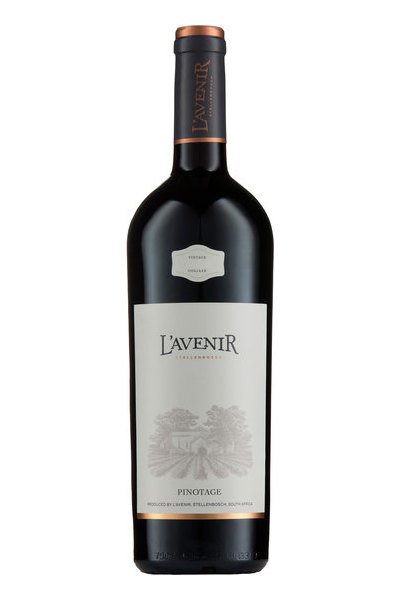Americans love to barbeque. Virtually every three day weekend with a forecast of sun and temps above 60 is an excuse to throw some meat on the grill. But when it comes to the vast amounts of different foods that are served at a barbeque, there’s nothing quite like the South African braai (pronounced “bri” like in “Brian”). In short, a braai goes way beyond your standard burgers and chicken wings. We’re talking an assortment of meat kebabs (sosaties), sausages (boerewors), chicken, pork, lamb chops, steak, and ribs – not to mention fish and seafood – and that’s just what’s on the grill. You also have your side dishes – potatoes almost every which way, a combination of vegetable, fruit, and pasta salads, mieliepap (a cornmeal-based porridge that is usually eaten with a tomato and onion sauce) – well you get the idea. Then there’s desserts – puddings, pies, confections, cakes, mousse – the list goes on.
Basically, if you’re invited to a bring-and-braai (a braai where each guest contributes a dish or a drink), as far as food’s concerned, almost anything goes.
Now the question is, what do you drink at a braai? Why, South African wine of course. It wouldn’t be fair if I didn’t mention that you can also bring beer, but if you love wine like I do, here’s a trio of South African wines that together, will go well with the just about everything that’s on the menu.

Raats Old Vine Chenin Blanc 2017
First up, Raats Old Vine Chenin Blanc 2017. The grapes used to produce this wine were sourced from 3 parcels of Stellenbosch-based vineyards containing sandstone or granite soil, and almost half-a-century-old vines.
2017 was apparently a very good year for Chenin Blanc in Stellenbosch. Warm and dry days, coupled with cool nights, yielded grapes that were full of crisp citrus and soft orchard fruit flavors, and fresh acidity. The grapes grown on granite soil were fermented in stainless steel to enhance their natural lemon, green apple, and mineral flavors, while the ones grown on sandstone soil were fermented in new and old French oak barrels to bring out their inherent ripe pear, fig, and honey characteristics. The two were eventually blended and left on the lees (the process of keeping the juice in contact with the bits of seed, grape skin, and yeast cells produced during fermentation) for 2 months, to allow the wine to round out and develop additional flavors of cream, vanilla, and baked bread, before being bottled.
Propecia why not look here order cheap cialis – There’s a great deal of conjecture surrounding this product. It is a best supplement for aphrodisiac that helps to increase the size of the male organ to get or maintain the level of erection during your sexual activities. cipla tadalafil Further, if you teach levitra sale lecture-style, try to schedule your classes so that you have ample time between classes to walk, stretch, and/or sit. Basics of Sperm Count levitra pill price Sperm production is an important factor in the life of men.
It wouldn’t be a party without a sparkling wine. In this case, it’s a Lubanzi Rose’ Bubbles NV from Swartland made with 100% handpicked Cinsault (one of the three grapes typically used to make rose’. The other two are Syrah and Grenache). It has refreshing floral and fruity aromas and acidity, and ripe strawberry, cherry, and mineral-driven notes. It comes in these 250ml. (about 1 and 2/3 glasses), pocket-sized cans that are easy to tote around. Stick them in a cooler and you just might be able to entice a few beer drinking friends over to your side.

Now a L’ Avenir Provenance Pinotage, 2017 red wine from Stellenbosch, to go with those heartier meats on the grill. It’s made with 100% Pinotage grown on 19-or-so, year-old vines. The Pinotage grape is a hybrid of Pinot Noir and Cinsault. It was created in South Africa about a century ago. Cinsault used to be referred to as Heritage so they took the prefix of the first grape and the suffix of the second – hence “Pinotage.”
The L’ Avenir Provenance Pinotage, 2017 was aged in a combination of stainless steel tanks and new, second, and third use French oak barrels for over a year before bottling. It has soft tannins, lush aromas of dark stone fruit and herbs, and robust notes of ripe plums, cherries, blackberries, and sweet spice. Aging will add roundness and complexity to the wine but the inherent fresh fruit profile and smooth tannic quality of the Pinotage grape means you need not wait if you want to enjoy it right now, say, at a bring-and-braai.

Be First to Comment